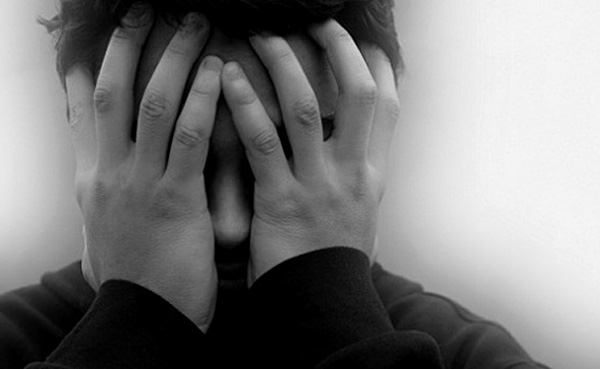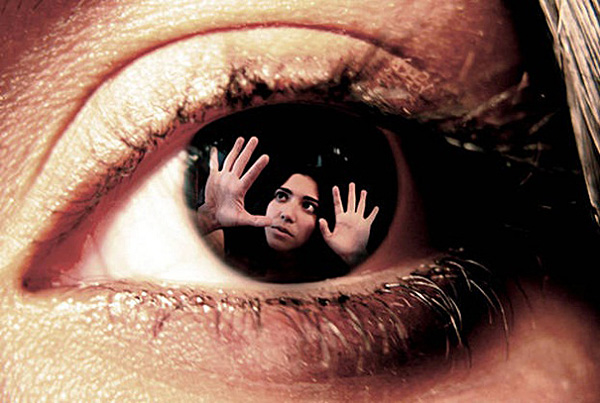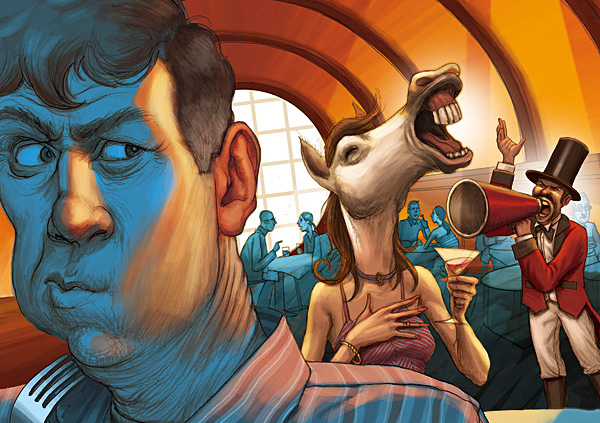Schizophrenia is a disorder characterized by delusions, hallucinations, disorganized thinking and social withdrawal.
Individuals with schizophrenia may hear voices that other people do not hear, or they may believe that others are reading their minds, controlling their minds, or plotting to harm them. These experiences are terrifying and can cause fear, withdrawal or extreme agitation.
People with schizophrenia may wander aimlessly, or sit for hours without moving or talking. Daily tasks such as personal hygiene can be very difficult to achieve or can be neglected. Schizophrenia often interferes with the ability to think clearly, to distinguish reality from fantasy, to organize emotions, to take decisions and communicate with others. The disorder may impact some aspects of work, family and social life of the affected person.
Schizophrenia is increasingly perceived as a group of diseases rather than a single disorder, such as “cancer” refers to several related diseases. This disorder can affect anyone. It usually manifests in late adolescence or early adulthood.
What are the symptoms?
There are a number of signs and symptoms of schizophrenia, but their expression varies greatly from person to person. None of the symptoms is characteristic to all people. And, therefore, treatment should be tailored to each individual’s experience. Symptoms of schizophrenia are of two types: positive symptoms and negative symptoms.
Positive symptoms are also called psychotic or assets. They show an excess of normal operation and include the following:
Delusional ideas
Delusional ideas are false personal beliefs that are not based on real facts, but are supported by an individual with great conviction despite what others think and the obvious evidence to the contrary. Their content may include a variety of themes: persecution, religion, personal grandeur, somatic concerns, etc.. For example, a person who has delusional ideas may believe that is spied by someone, tormented, stalked or cheated (themes of persecution) or believe that certain gestures, comments, passages from books, excerpts from TV he directly addressed (reference topics). Delusional ideas can be bizarre (the belief that your thoughts have been stolen by an external force) or realistic (the belief that you are chased by the police). Delusional ideas occur in one phase of schizophrenia, in 90% of people who suffer from this disorder.
Hallucinations
Hallucinations may occur in any of the five senses, but the most often occurring is hearing things. They are usually perceived as distinct voices in the thoughts of a person. For example, a person may hear voices that repeat or imitate his thoughts arguing or commenting on his actions (often in a critical manner) or tell him what to do (command hallucinations). The hallucinations of any kind occur in more than 70% of people who have schizophrenia. Auditory hallucinations occurring in approximately 50% of people with schizophrenia, while the visual occur in 15% of cases.
Disorganized thinking
This is usually manifested by abnormal speech. For example, in conversation, the person jumps from one topic to another, inventing new words, do not follow certain grammatical structures or talking very fast, or very slow.
Disorganized behavior
Disorganized behavior may manifest itself in a variety of ways. A person with schizophrenia may wander aimlessly, to behave silly, and become unpredictable agitated. It may also have an inadequate behavior to social norms as to wear warm clothes in a hot day, to say nonsense words, loud talking or swearing in public. Disorganized behavior can aggravate daily activities, organizing of meals or maintaining hygiene.
Catatonic behavior
This refers to the state of rigidity and immobility of muscles, or the opposite, to the extreme agitation. A person with catatonic behavior can react very little to the environment, and sometimes, completely unconscious (stuporous catatonic) to have a rigid posture and resistance to efforts to be mobilized (catatonic negativism), may take inappropriate or bizarre positions (catatonic posture) or have excessive activity without purpose and without triggering stimulus (catatonic excitement).
Negative symptoms are also called deficiency symptoms and reflect a loss or deficit in normal operation.
- Isolation, loss of motivation. These may involve a lack of energy, apathy and lack of interest in what were previously routine activities. Patients can not pay attention to the care and personal hygiene, they have difficulties making decisions, and they are difficult to handle school, work or household tasks.
- Loss of feeling or the inability to feel pleasure. This can be manifested by the lack of interest in social and recreational activities or failure to develop lasting relationships. This can mean that simple things like a sunset appreciation is no longer a joy.
- The poverty of language. Person speaks very little, and speech tends to be vague or repetitive. People who experience these symptoms need more time to answer questions or do not respond at all.
- Affective flattening is indicated by frozen facial expressions, lack of eye contact and body language, little or reduced spontaneous movements. The person may look empty and with a meaningless talk tone. This refers to the outward expression of emotion and not inner experience.
Some individuals with schizophrenia manifest negative symptoms before and after an acute disorder episode. Negative symptoms are difficult to assess because it can be caused by a variety of other factors, such as drugs or demoralization caused by a mental disorder. It is also possible for a person to have schizophrenia and have no symptoms in the majority of the time. In this case, symptoms occur only in acute episodes.
Subtypes of schizophrenia
Depending on the predominant symptoms, there are five types:
Paranoid Type
In the case of paranoid schizophrenia, delusions and hallucinations are dominant. Delusional ideas are typically persecutory or of grandeur, but other themes can occur: jealousy, religiosity or fear about having a physical illness. Ideas can be multiple, but have a core that binds them together, and hallucinations are in relation to the content of the delusional theme. All this, make individuals with paranoid schizophrenia to be anxious, angry, to behave coldly, or to respond to quarrel. The individual can behave as such, superior and protector, and even formal in interpersonal interactions.
Continue to the next page to read the full article:



